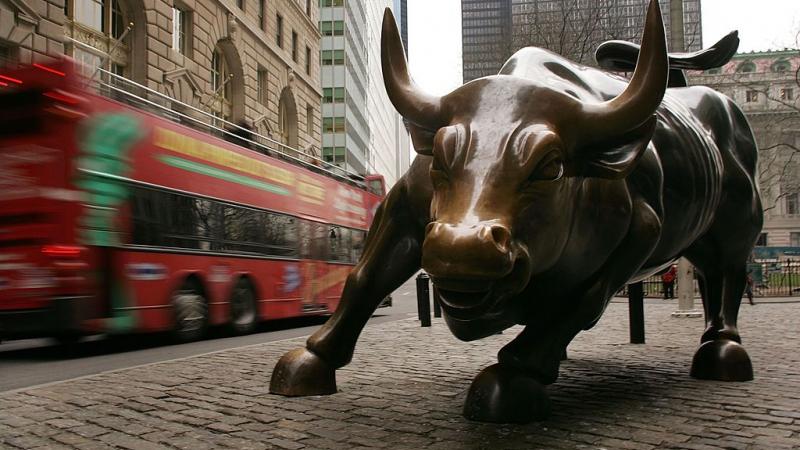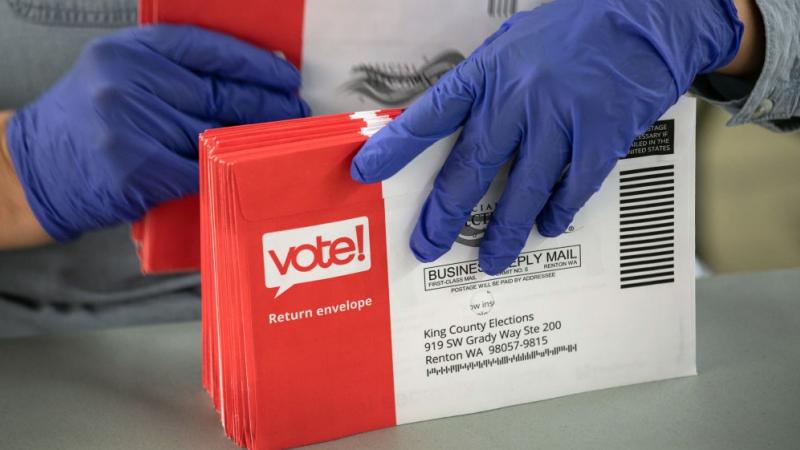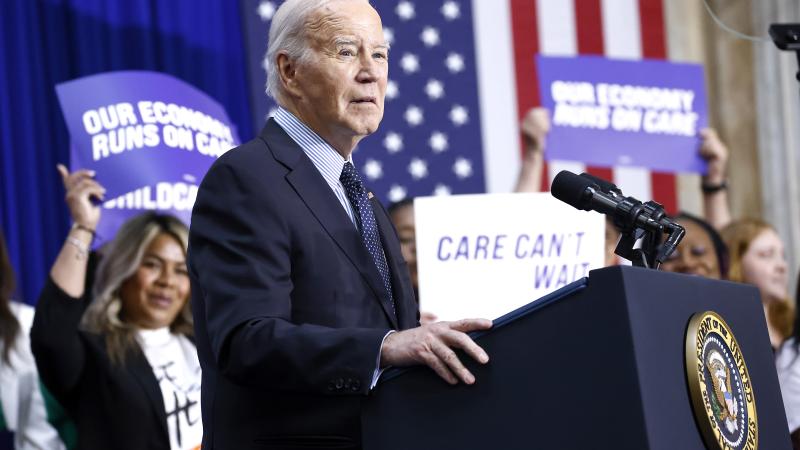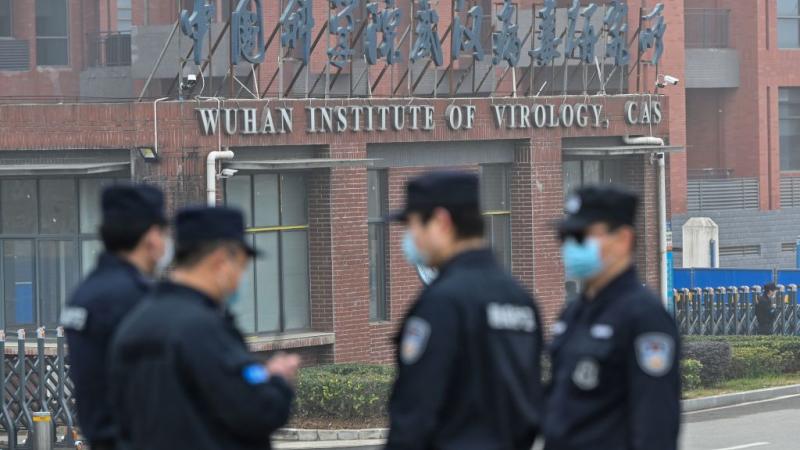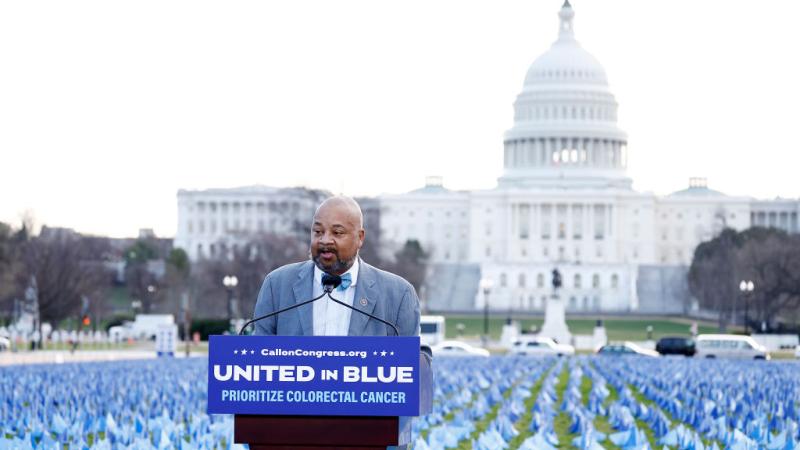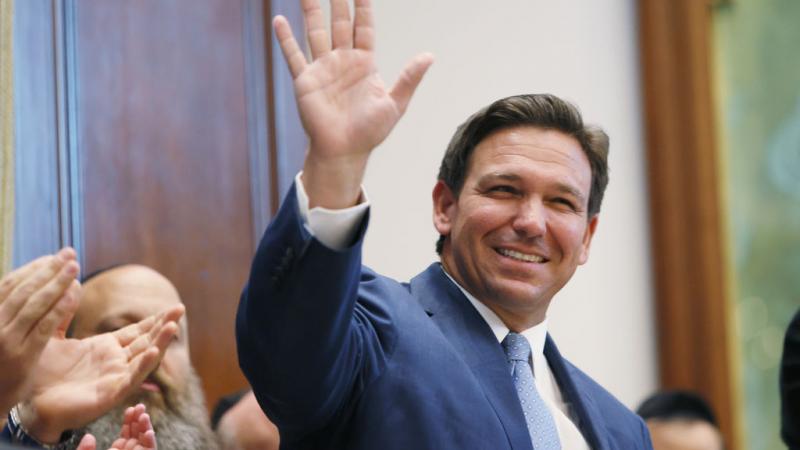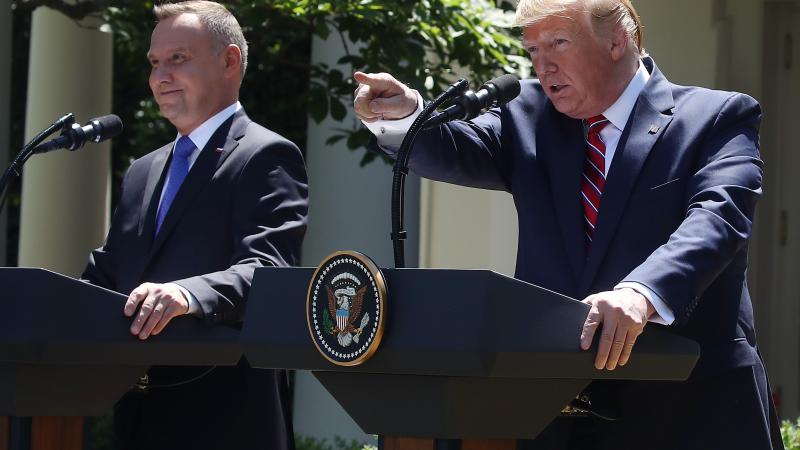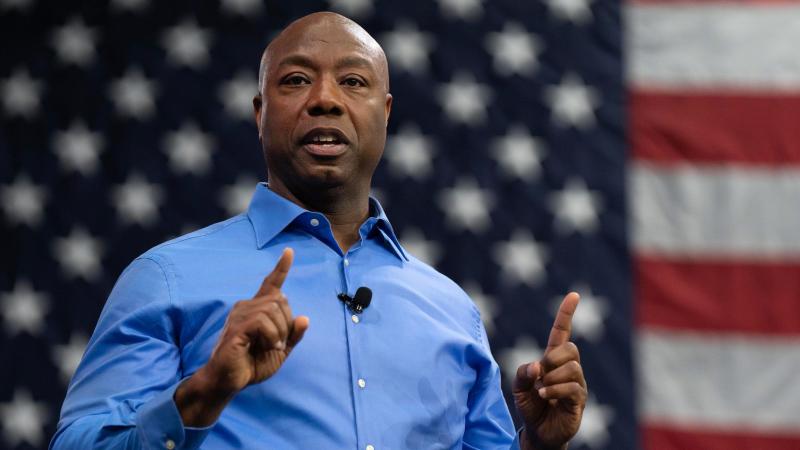Education Department underestimated net cost of direct student loans by more than $300B: GAO
Feds estimated program would generate $114B for taxpayers, while it is now projected to cost taxpayers $197B.
The Golden Horseshoe is a weekly designation from Just The News intended to highlight egregious examples of wasteful taxpayer spending by the government. The award is named for the horseshoe-shaped toilet seats for military airplanes that cost the Pentagon a whopping $640 each back in the 1980s.
This week's Golden Horseshoe is awarded to the Department of Education for underestimating by more than $300 billion the net cost to taxpayers of the federal student loan program.
"Although the Department of Education originally estimated federal direct loans made in the last 25 years would generate billions in income for the federal government, its current estimates show these loans will cost the government billions," according to a July GAO report.
The Department of Education "originally estimated these loans to generate $114 billion in income for the government," the GAO reported. "Although actual costs cannot be known until the end of the loan terms, as of fiscal year 2021 these loans are estimated to cost the federal government $197 billion. This swing of $311 billion was driven both by programmatic changes and by re-estimates using revised assumptions (e.g., economic factors and loan performance) as additional data became available."
"What's $300 billion between friends?" wrote Lindsey M. Burke, director of the Center for Education Policy at the conservative Heritage Foundation. "A new report from the Government Accountability Office details a breathtaking discrepancy between what the federal government claimed the student loan program would generate, and what it actually costs taxpayers."
The gap won't be narrowing anytime soon as the Department of Education "will continue to use these inaccurate accounting metrics for the next three years, meaning the agency's budget will be wrong until at least 2026," Burke warns. "To make matters worse, none of this bad accounting includes any of the Biden administration's recent or forthcoming actions on student loans."
Federal student loans were "originally estimated to generate $6 in income per every $100 disbursed," but instead, they're now "expected to cost the government almost $9 for every $100 disbursed," the GAO calculated.
"The largest estimated cost increases — $102 billion in total — stemmed from emergency relief provided to most federal student loan borrowers under the CARES Act and related administrative actions in response to the COVID-19 pandemic," the GAO found. "This relief included suspending (1) all payments due, (2) interest accrual, and (3) involuntary collections for loans in default."
"The Department of Education's massive undercounting of the cost of the federal student loan program is yet one more reason Washington should not be in the business of providing loans for college," Burke wrote. "It used to be the domain of the private sector, and to the private sector it should return. Instead, the Biden administration wants to grow Washington's role and increase taxpayer exposure by forgiving more and more of the outstanding student loan portfolio."
The Department of Education "regularly estimates, modifies, and reestimates the costs" of the direct loan program, Under Secretary of Education James Kvall acknowledged in response to the GAO report.
"Revisions are made for statutory, regulatory or other actions," he wrote, citing examples such as the 2007 creation of the Income Based Repayment plan and Public Service Loan Forgiveness or "the Department's promulgation of borrower defense regulations in 2016 and 2019."
"While the Department always strives for the best possible estimates," he added, "there is some inherent uncertainty in the Department's cost estimates … For example, interest rates may change at levels not previously predicted. Additionally, as broader economic conditions change wages, the effects on borrowers may appear in unanticipated changes to payment amounts calculated through IDR plans."
Kvaal defended the debt relief extended to cushion borrowers against the effects of the COVID-19 pandemic and government's attendant mitigation measures. "The payment pause has helped 42 million borrowers avoid default and delinquency during the national emergency and ensured that they could focus on their health," he wrote.


